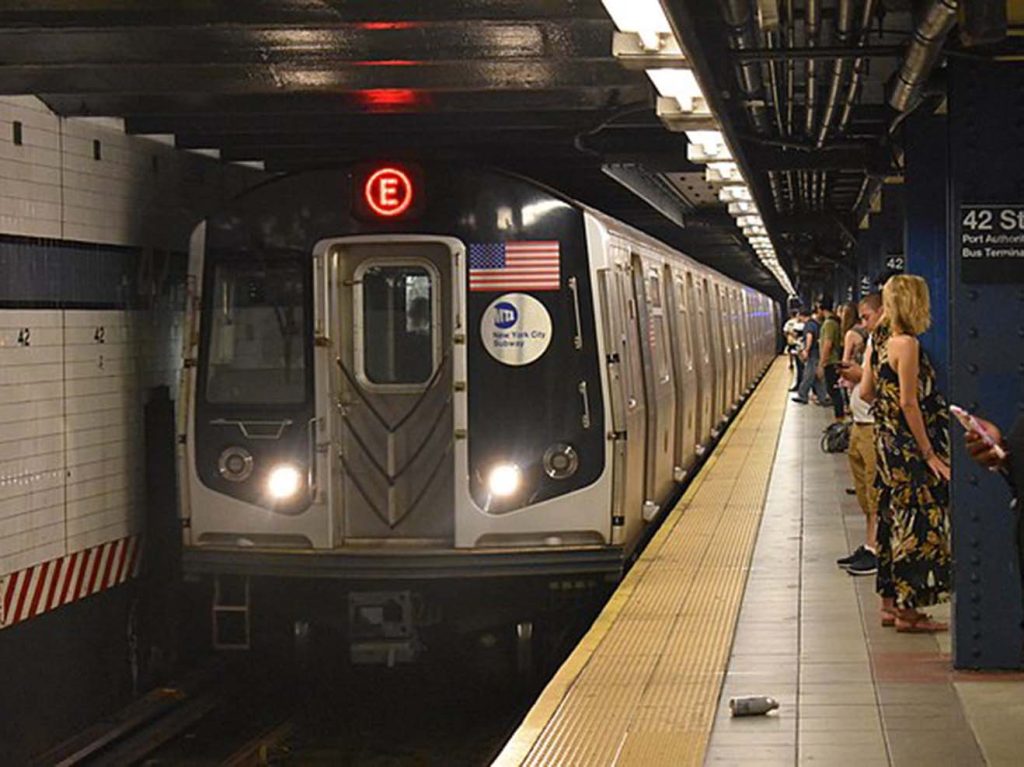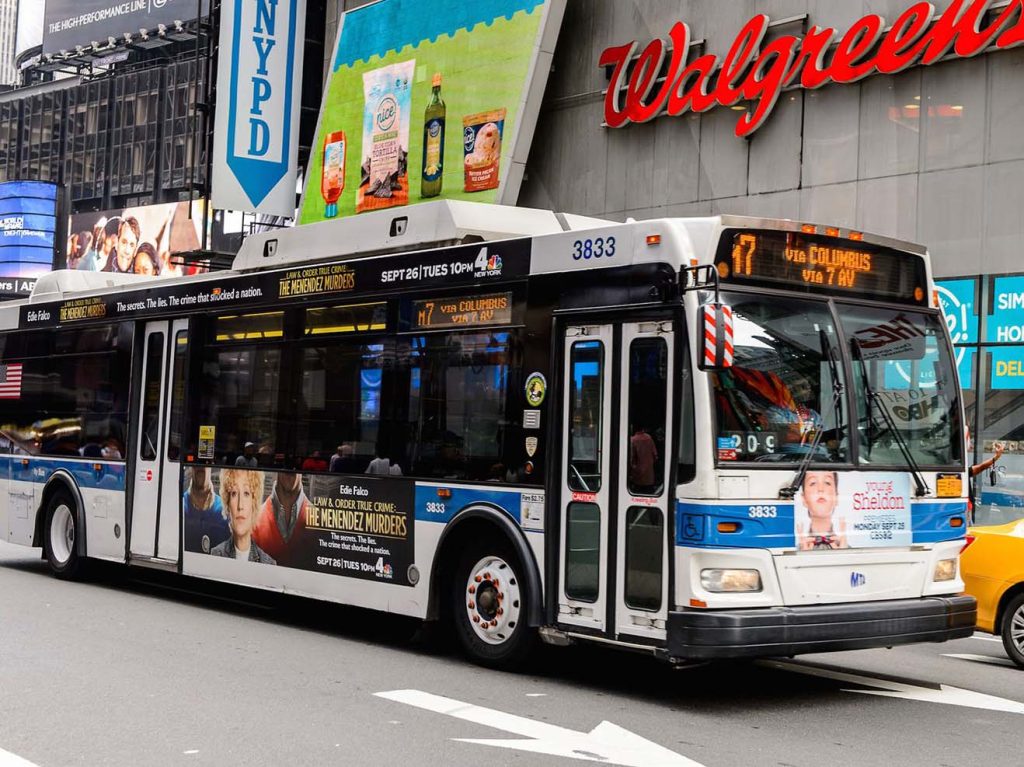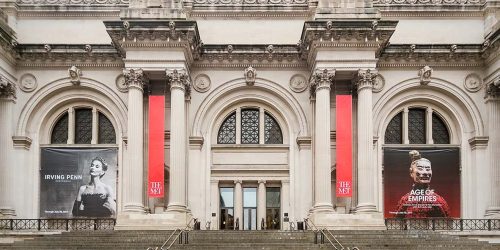Essential Guide to New York City’s Subway and Bus Systems
Navigating New York City’s vast transportation network can seem daunting at first, but understanding the basics of the subway and bus systems will make your journey through the city much smoother. As one of the largest and busiest transit systems in the world, the MTA subway and bus services offer comprehensive coverage across Manhattan, Brooklyn, Queens, and the Bronx. Whether you’re a first-time visitor or a seasoned commuter, this overview will help you master the art of traveling through the city’s dynamic public transit system.
Detailed Overview of the New York Subway System
1. Subway Network Overview
The New York City subway system is one of the largest urban transit networks in the world, with over 400 kilometers of track and 24 lines covering Manhattan, Brooklyn, Queens, and the Bronx. Operated by the Metropolitan Transportation Authority (MTA), the subway provides fast connections between major areas and landmarks.
Each subway line is marked with different colors and letters or numbers. For example, the red 1 train runs along the west side of Manhattan, while the blue A train provides rapid connections between Brooklyn and Manhattan. Understanding these markings is crucial for navigating the subway system smoothly.
2. Ticket Prices and Purchasing Methods
As of 2024, a single ride on the subway costs $2.90. For frequent riders, it’s recommended to use a MetroCard or the OMNY system to pay fares. MetroCards can be purchased at subway station vending machines or convenience stores and come in single-ride or refillable versions. For long-term use, the refillable MetroCard is more economical, as it offers discounts, such as additional free ride time when a certain amount is reached.
The OMNY system is New York City’s new contactless payment method, supporting payments via credit card, debit card, or mobile phone. With OMNY, you simply tap your card or phone on the reader to complete the payment, which is convenient for tourists who prefer not to carry cash or physical cards.
3. Subway Operating Hours and Frequency

The New York subway typically operates from 5:00 AM until 1:00 AM. However, some lines offer 24-hour service, particularly in major areas of Manhattan. During peak hours, subway trains run more frequently, usually every 2 to 5 minutes, while off-peak times may see intervals of 10 to 15 minutes. Knowing the subway operating hours helps you plan your trips better and avoid inconveniences caused by missing the last train.
4. Major Lines and Stations
New York’s subway has many important lines and stations. Here are some key lines and their characteristics:
- 1 Line (Red): Runs along the west side of Manhattan, connecting the southern tip at Wall Street with the northern end at Columbia University. Key landmarks along the route include Lincoln Center and Grand Central Station.
- A Line (Blue): Travels from Brooklyn through central Manhattan to Queens. The A Line is an important route connecting Midtown and the southern areas, passing through the World Trade Center and Grand Central Station.
- E Line (Blue): Provides fast transportation from Midtown Manhattan to Queens, passing through major commercial areas and landmarks such as Times Square and SoHo.
- 4 Line (Green): Connects the Bronx with downtown Manhattan, passing through Times Square and the New York Public Library.
Times Square-42nd Street station is one of the busiest in New York City, connecting multiple major subway lines and located near Broadway theaters and Times Square. Another significant station is Grand Central Station, which is not only a major transportation hub but also a historic building, with Fifth Avenue and the New York Public Library nearby.
5. Subway Usage Tips
5.1 Understanding the Subway Map
Subway maps are usually color-coded, with each line represented by a different color and symbol. The map shows the endpoints, major stations, and transfer points for each line. Before riding the subway, take a close look at the map to understand your starting point, destination, and possible transfers.
5.2 Handling Subway Delays
Subway delays are inevitable. If you encounter a delay, check the electronic boards in the station for the latest train information. Additionally, MTA’s official website and related apps provide real-time updates on delays, helping you adjust your plans accordingly.
5.3 Subway Safety Tips
Safety is crucial when riding the subway. Avoid engaging in disputes in empty train cars and stay calm. If traveling at night, choose cars with more passengers and be mindful of your belongings. Keep valuables out of sight to prevent theft.
Detailed Overview of the New York Bus System
1. Bus Network Overview
New York City’s bus system, operated by the MTA, includes a wide range of bus routes covering the entire city. There are different types of bus services, including local buses, express buses (BRT), and night buses. The bus network reaches areas that the subway does not, making it an important mode of transportation.
2. Bus Ticket Prices and Purchasing Methods
Bus fares are the same as subway fares, at $2.90 per ride. Tickets can be paid using a MetroCard, OMNY, or cash. MetroCards can be purchased and recharged at subway station vending machines or convenience stores. OMNY provides a convenient contactless payment option, supporting credit cards, debit cards, or mobile payments.
Note that buses have limited change facilities, so if paying with cash, it’s best to carry exact change. To avoid hassle, it is recommended to use MetroCard or OMNY for payment.
3. Bus Operating Hours and Frequency

Most buses operate from 5:00 AM to 1:00 AM, with some night buses offering 24-hour service. During peak hours, buses run more frequently, while non-peak times may have longer intervals. Knowing bus operating hours and frequencies can help you avoid long waits and better plan your trip.
4. Major Bus Routes and Stations
New York City’s bus network is extensive. Here are some key routes and stations:
- M15: Connects the east and west sides of Manhattan, passing through Wall Street and Central Park.
- B44: A major Brooklyn bus route linking Bushwick with central Brooklyn, passing through several shopping areas and attractions.
- Q Line: Runs from Brooklyn to Queens, covering many neighborhoods and shopping districts.
Union Square is a significant bus hub, with connections to multiple routes and nearby attractions such as Union Square Market and New York University. Another important bus station is Downtown Brooklyn, connecting to landmarks like the Brooklyn Museum and Brooklyn Botanic Garden.
5. Bus Usage Tips
5.1 Finding Bus Route Information
You can find bus routes and schedules through the MTA website, information on bus stop signs, or relevant apps. Bus route information may change, so check the latest details before traveling to avoid delays.
5.2 Handling Bus Delays
For bus delays, check the electronic displays at bus stops or use the MTA mobile app for real-time updates. Knowing the bus’s real-time location and schedule helps you adjust your plans and reduce wait times.
5.3 Bus Safety Tips
When taking the bus, be aware of your safety. Keep valuables secure and out of sight, especially in crowded areas. If possible, choose seats near the front to exit the bus quickly when you reach your destination.
Using Transportation Cards and Apps
1. MetroCard and OMNY
MetroCard is a handy payment tool, used not only for subway and bus payments but also offering discounts. You can purchase a MetroCard at subway station vending machines or convenience stores and recharge it as needed. Using MetroCard is simple—just swipe the card at the reader to pay.
OMNY is New York City’s new contactless payment system, allowing payments with credit cards, debit cards, or mobile phones. The advantage of OMNY is its convenience and modern approach. Simply tap your card or phone on the reader to complete the payment, avoiding the need for cash or physical cards.
2. Useful Transportation Apps
When traveling in New York City, some useful transportation apps can significantly enhance your travel experience. The MTA’s official app provides real-time updates on trains and buses, including departure times and delays. Using these apps can help you stay informed and adjust your travel plans as needed.
Additionally, third-party apps like Google Maps and Citymapper are very practical. They offer detailed route planning and compare different transportation options, helping you choose the best way to get around. These apps also provide real-time updates, making it easier to navigate the city.
3. How to Use These Apps
After downloading and installing these apps, input your starting point and destination. The apps will automatically plan the best route for you. They also offer real-time traffic information, helping you handle unexpected delays. By using these apps, you can choose the most efficient route and transportation method for your needs.
Personal Insights and Recommendations
1. Comparing the Advantages and Disadvantages of Subway and Bus
In New York, the main advantage of the subway is its speed and frequent service. The subway can quickly reach various parts of the city, particularly during peak hours when trains run very frequently. However, the subway can be crowded, especially during rush hours.
In contrast, buses are slower but cover a broader area. They can reach neighborhoods that the subway doesn’t and generally offer a more spacious and comfortable ride. However, buses may have longer intervals between departures, especially during off-peak hours.
2. Personal Experience and Advice
As a long-time user of New York’s public transportation, I recommend that visitors prepare thoroughly before using the subway and buses. Knowing the operating times, fares, and common transfer points can save you time and effort. Avoid busy stations and lines during peak hours to minimize inconvenience.
3. Travel Tips
Using transportation cards and apps can greatly enhance your travel efficiency in New York. Opt for MetroCard or OMNY to handle subway and bus fares conveniently and avoid the hassles of cash payments. Download useful transportation apps to stay updated on real-time information and navigate the city more effectively.
Mastering the use of New York’s subway and bus systems can make your trip smoother and more enjoyable. Whether you’re riding the subway or taking the bus, proper preparation and awareness will ensure a more pleasant and efficient travel experience.





